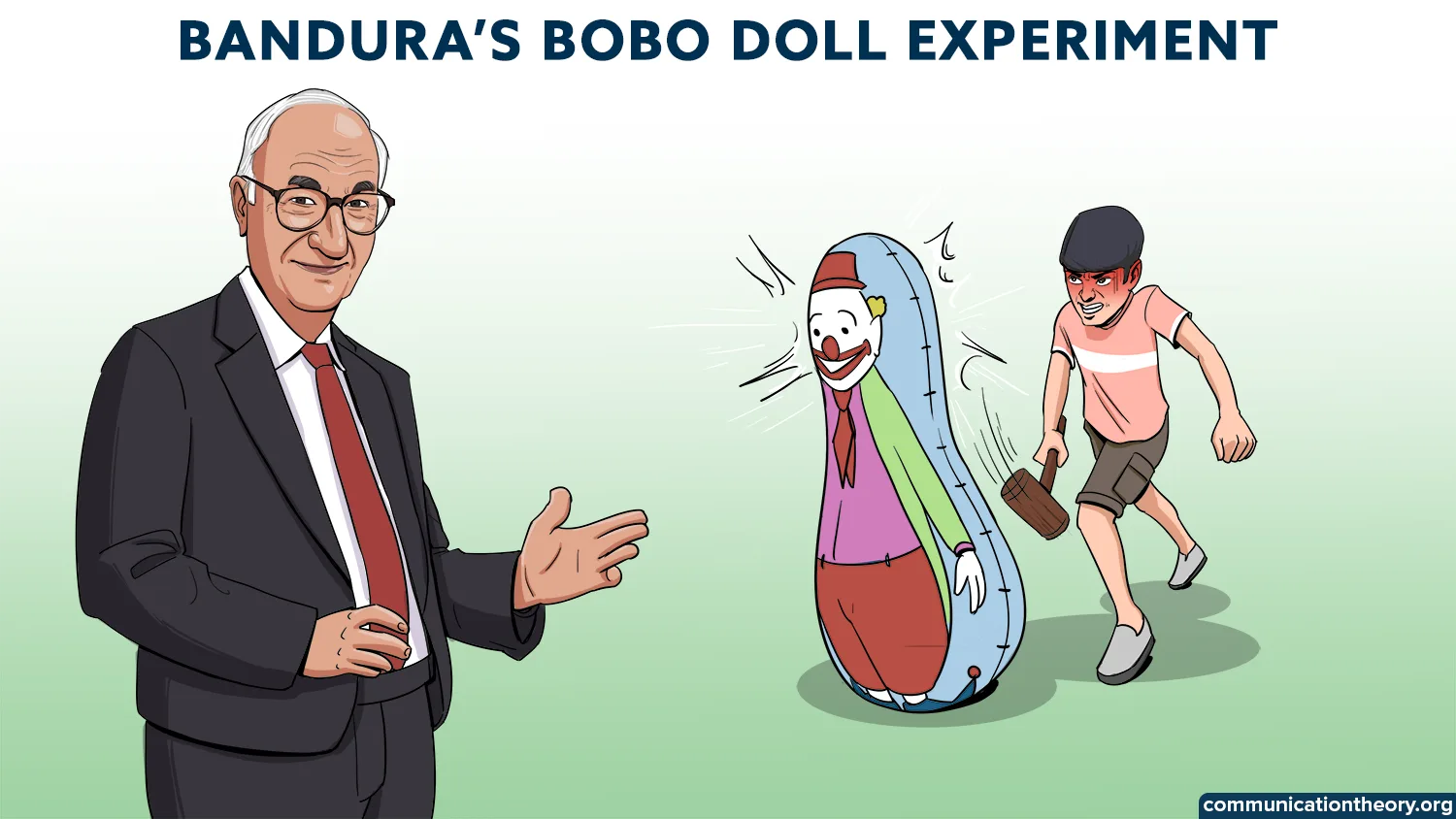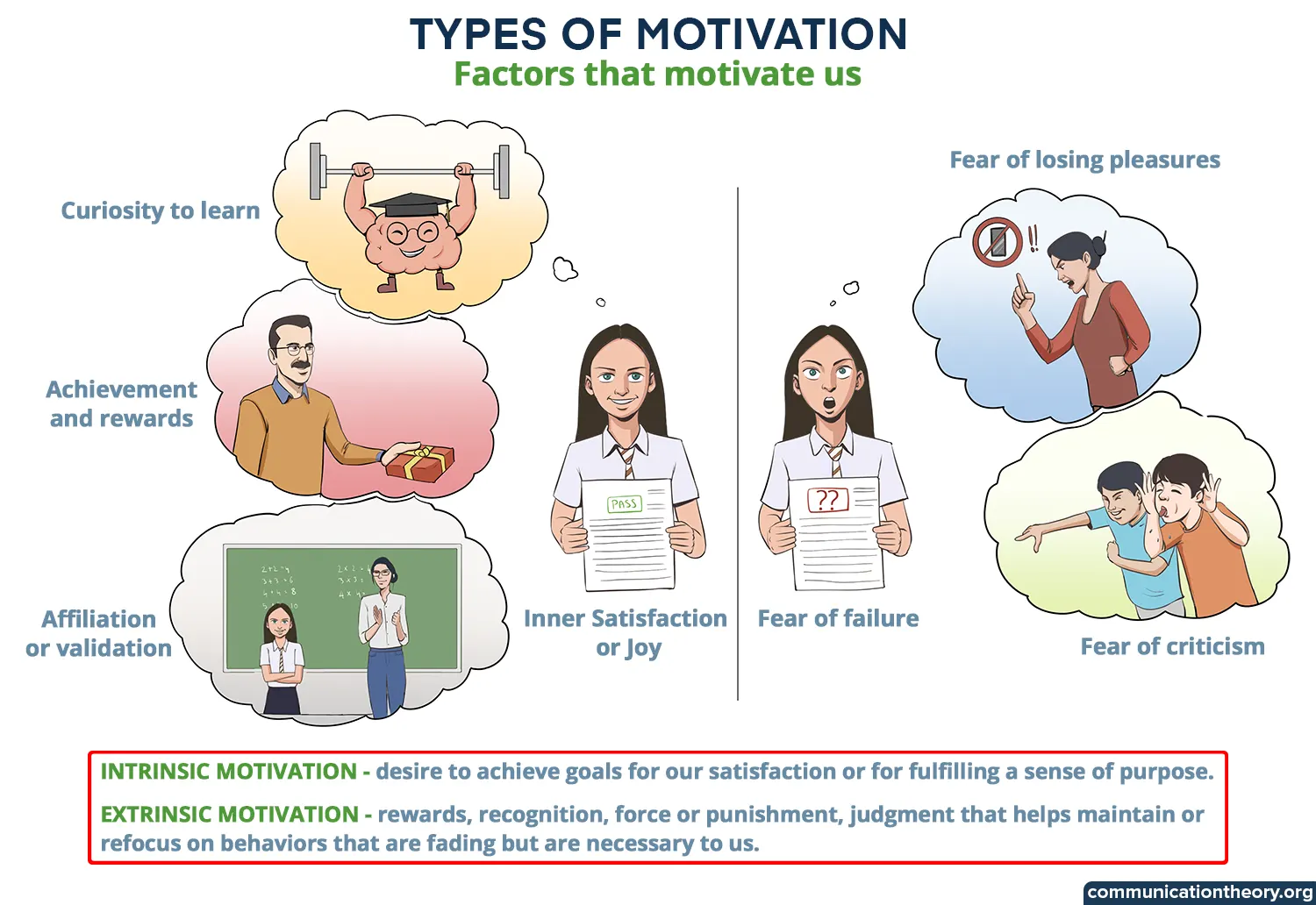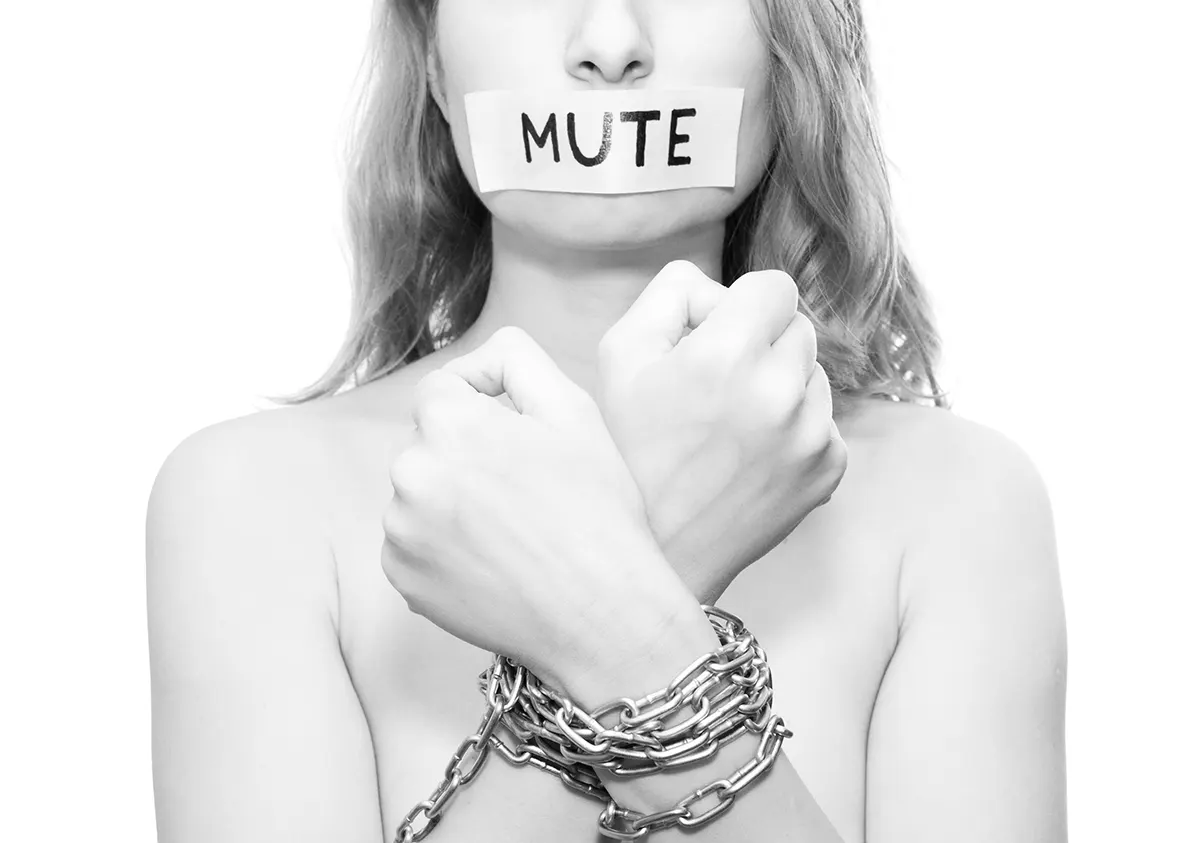In today’s interconnected world, decision-making has evolved beyond individual discretion to a more collective approach, driven by the necessity for multiple perspectives.

In today’s interconnected world, decision-making has evolved beyond individual discretion to a more collective approach, driven by the necessity for multiple perspectives.

Mass communication refers to transmitting information to large audiences through various media channels. Unlike one-on-one communication, mass communication reaches a wider audience, aiming to inform, educate, or entertain. Journalism, a subset of mass communication, involves gathering, assessing, creating, and presenting news and information to the public.
Journalism is a powerful tool for informing citizens, shaping public opinion, and enabling democratic participation. At its core, journalism seeks to provide truthful and accurate information. [continue reading…]
Bureaucratic management style, first formalized by sociologist Max Weber, has become synonymous with systematic processes and hierarchical authority. It is a widely recognized organizational structure that plays a critical role in the functioning of modern institutions, both public and private.

Learning is a complex process. Although we may learn something new every day, it is an intricate process requiring many cognitive skills. The term “Bloom’s Taxonomy” may sound so jargon to many ears yet bears such a simple and easily comprehendible meaning. Taxonomy simply refers to categorization.

We as humans construct our personalities and beliefs based on the multitude of aspects; amongst which the aspect of social influence plays a pivotal role. As we are social beings, we structure and design our perceptions, beliefs, attitudes, and behaviours through the interactions around our social networks. Therefore, it is fitting to make the notion that our environment makes the most of us.

Erik Erikson was a developmental psychologist and psychoanalyst, who contributed to the study of development, by giving us the stages of psychosocial development. He believed that an individual’s personality develops through 8 stages, from infancy to adulthood.

David McClelland, an American psychologist developed the theory of needs in the 1960s. It is also called the Three Needs Theory, acquired needs theory, or Learned needs theory. It is a theory to explain motivation and focuses on 3 specific aspects, namely, achievement, power and affiliation. This theory explains what these needs are and how they can impact our behavior, especially in an industrial setting.

George is a 9-year-old child. He spots a lighter on a table and attempts to play with it. A hint of fire comes out and touches his finger. He feels the pain and learns that fire is dangerous, and that lighters are not meant to be played with. This incident or experience teaches him something.

Griffin works at a firm, is planning to pursue a PhD and makes time for the gym as well. How does he do these things? This includes a combination of various factors that keep motivating him. He is being motivated through rewards, money and incentives and enjoys continuing his job. His interest and thirst for knowledge drive him in pursuing a PhD. Going to the gym for his health and fitness could be because of his health and beauty concerns.

The theory of planned behavior (TPB) is very similar to that of the one which slightly preceded it and that is the theory of reasoned action. Although these two theories came during a different timeline, they predominantly hold the same assumptions about behavior. TRA and TPB believed that behaviors are influenced by intentions and intentions are created from attitudes.

Thinking is defined as a cognitive behavior in which ideas, images, and mental symbols are created (American Psychological Association). Thinking includes imagining, remembering, concept formation, daydreaming, etc.

Have you ever heard a song or tune from your childhood and felt an instant rush of nostalgia or happiness? That tune and the happiness/nostalgic feeling are interconnected by association, which we call Classical Conditioning.
Classical Conditioning is a psychological phenomenon in which one learns by pairing two or more stimuli to create an association. It is the process of creating a link between a conditioned stimulus and a conditioned response.

Dr. Seymour Feshbach is an eminent professor in the department of psychology at University of California, Los Angeles (UCLA). He was born in New York City at 1925; In 1951, he was awarded PhD in psychology at Yale University.

Muted group theory is a critical theory concerning the certain groups of people who remain powerless compared to the others.

Introduction
Media effects refer to how mass media affects its audience in decision making. Priming is considered as the predecessor of agenda setting, one of the theories of media effects. Priming has its base in cognitive psychology which relates to associative network model of human memory. This concept details how one thought may generate associated thoughts.

Introduction
Everett Rogers (1931 – 2004) was born at Carroll, Iowa in his family’s Farm. He was well-known Professor, Researcher, advisor and a former editor for a newspaper and reporter too. He earned his PhD in 1957 at Iowa State University of Science and Technology in the field of Sociology and statistics.

In most instances, we engage in certain behaviors because we want to. After all, I want to watch a movie or play badminton because I want to do so. Hence, it is appropriate to say that some level of thought has gone into my choosing to do a certain behavior.

History
Mark .l Knapp (born on July 12th, 1938) is a renowned teaching professor at the University of Texas and is greatly known for his works in nonverbal communication research and in evolving interactions. He developed a theoretical model for relational enhancement which routes the interpersonal development between two people.

Amy is well aware of the benefits of engaging in some form of physical activity. Yet, she wakes up feeling zero motivation to move her body an inch. So she chooses to stick to her daily routine of waking up, glugging down a mug of cold coffee and driving her way to the office. She feels guilty about it every single day and decides things will change tomorrow.

In the mid 20th century most of the developing countries and third world nations have used this social responsibility theory of the press, which is associated with “the Commission of the Freedom of Press” at United States in 1949.

An effective communication takes place when the message sent across by the conveyer is clear and easily comprehended by the receiver and relevant response is fed back to the one who conveyed the message and the flow continues similarly.

Does “communicate” only mean talking and having verbal conversations? Won’t anything beyond that be considered as a form of communication?

The importance of communication can never be over-emphasised. Communication is the ‘lifeblood’ of all organisations.
Communication is a tool with which we exercise our influence on others, bring out changes in our and others’ attitudes, motivate the people around us and establish and maintain relationships with them.

As things become heated up, a big argument spews between Nicole and Petra. They are throwing cuss words and hurtful statements at each other without realizing the kind of consequences it would later lead to. In that overwhelming moment, both forgot everything about each other and let their impulses completely take over.
So what is the matter exactly?

A cover letter is one of the most important tools in your job application process. While your resume provides a summary of your qualifications, the cover letter tells the story of who you are, why you are applying for the role, and how you can add value to the organisation.
It bridges the gap between your resume and the job description, giving recruiters insight into your personality, motivation, and communication skills.
Unfortunately, many candidates either overlook the importance of a cover letter or submit one that is too generic. A strong, well-structured cover letter can make the difference between getting invited to an interview and being ignored.
This guide will provide a detailed step-by-step process on how to write a compelling cover letter, complete with strategies, common mistakes to avoid, and examples.
A cover letter is a formal document submitted alongside your resume or CV when applying for a job.
Its primary function is to introduce you to the hiring manager, highlight your key skills and experiences relevant to the role, and demonstrate why you are the best candidate.
Unlike a resume that lists facts, a cover letter narrates your story and explains your career trajectory in a personalized way.
A professional cover letter typically follows a standard structure of 3–5 paragraphs. The following format works across most industries:
Always address your cover letter to a specific person whenever possible. For example:
Avoid using outdated salutations like “To Whom It May Concern.”
This is where you introduce yourself and immediately capture the recruiter’s attention. Clearly state the position you are applying for and where you found it. Then briefly explain why you are excited about the role.
Example:
I am writing to express my interest in the position of Digital Marketing Specialist at ABC Company, as advertised on your careers portal.
With three years of experience in social media strategy and SEO optimization, I am eager to bring my expertise in driving online engagement and brand growth to your dynamic team.
This is the body of your letter, usually 1–2 paragraphs. Highlight your most relevant experiences and achievements. Use specific examples to show how your background matches the requirements of the role. This is your chance to connect your resume to the job description.
Example:
In my current role at XYZ Agency, I managed a $50,000 monthly advertising budget and increased client ROI (Return on Investment) by 35% through targeted Facebook and Google campaigns.
My ability to analyze performance data and adjust strategies helped the agency secure long-term contracts with two multinational clients.
I believe this experience aligns closely with ABC Company’s goal of expanding its international digital footprint.
Reiterate your enthusiasm and explain what you hope to contribute. Politely invite the recruiter to continue the conversation through an interview.
Example:
I am enthusiastic about the opportunity to contribute to ABC Company’s innovative projects. I would welcome the chance to discuss how my skills in digital marketing and data-driven strategies can support your company’s growth.
Thank you for considering my application.
End with a professional closing, such as:
A common mistake is using the same generic cover letter for multiple applications. Recruiters can quickly spot this. Customise each letter by referencing the specific job description and company values.
A cover letter should generally be one page (300–400 words). Hiring managers skim through dozens of applications, so clarity and brevity are crucial.
Instead of simply stating “I am a hard worker” ,provide an example.
“I successfully led a team of five in developing a new client onboarding process that reduced onboarding time by 20%.”
Incorporate keywords from the job description. This helps both in passing Applicant Tracking Systems (ATS) and in convincing recruiters that you understand their needs.
Mention aspects of the company culture or mission that appeal to you.
Example:
“I admire ABC Company’s commitment to sustainability and innovation, values that align with my own passion for eco-friendly product design.”
Your resume and cover letter should complement each other, not duplicate content. Use the cover letter to expand on key achievements and explain career transitions.
Spelling or grammatical errors can leave a poor impression. Read your letter aloud or use editing tools like Grammarly.
1.Being too generic – “I am applying for this role because I need a job” doesn’t demonstrate motivation.
2.Overly formal or robotic tone – A cover letter should be professional but personable.
3.Too much focus on yourself – Instead of only saying what you want, highlight what you can give to the employer.
4.Including irrelevant details – Stick to skills and achievements relevant to the job.
5.Repeating the resume word-for-word – Expand with examples, don’t copy.
6.Forgetting to address the recruiter properly – A personal salutation makes a big difference.
Dear Mr. Patel,
I am excited to apply for the role of Marketing Assistant at DUPE Media, as advertised on LinkedIn. As a recent graduate in Mass Communication with a specialization in digital content creation, I bring a strong academic foundation and hands-on experience gained through internships.
During my internship at FALSE MINDS Agency, I developed social media calendars and content that boosted follower engagement by 25%. I also assisted in creating promotional videos, which enhanced brand visibility among younger audiences.
These experiences, coupled with my ability to adapt quickly, make me eager to contribute to DUPE Media’s mission of delivering impactful campaigns.
I would welcome the opportunity to discuss how my creativity and dedication can support DUPE Media’s team. Thank you for your time and consideration.
Sincerely,
[Your Name]
Dear Ms. Singh,
With over eight years of experience as a Human Resources Manager, I am writing to express my interest in the HR Business Partner role at Hoax GlobalTech Solutions.
Your commitment to fostering inclusive workplaces strongly resonates with my professional ethos.
At my current company, I implemented an employee engagement program that reduced turnover by 18% over two years. I also designed leadership development workshops that prepared mid-level managers for senior roles, aligning talent management with organizational goals.
I am confident that my expertise in workforce planning and employee relations can add significant value to Hoax GlobalTech Solutions.
I would appreciate the opportunity to discuss how my skills can support your HR strategy. Thank you for considering my application.
Best regards,
[Your Name]
Some candidates wonder if cover letters are still necessary in an age of LinkedIn and online applications.
The answer is yes.
While not all employers require them, a tailored cover letter provides a competitive edge. It shows initiative, professionalism, and genuine interest in the position.
Particularly in fields like communications, media, education, non-profits, and leadership roles, cover letters remain crucial.
Moreover, in competitive industries, your cover letter can demonstrate soft skills like communication, creativity, and storytelling, which are not always evident in a resume.
If you can tick all these boxes, your cover letter is ready to send.
Writing a cover letter may feel daunting, but it is an opportunity to showcase your personality, achievements, and motivation. By tailoring your letter to each role, structuring it clearly, and providing concrete examples of your skills, you can set yourself apart in the job market.
Remember that employers are not just hiring skills—they are hiring people. A strong cover letter demonstrates that you are not only qualified but also enthusiastic and aligned with the company’s goals.
In essence, your cover letter is your personal pitch. Done right, it can transform your application from a resume in the pile to an interview invitation. Whether you are a recent graduate or an experienced professional, mastering the art of cover letter writing is a crucial step in building your career.
The early twentieth century witnessed tremendous industrial growth that reshaped the nature of work and management practices. Organizations transitioned from craft-based production to large-scale factories, emphasizing efficiency and output.
Social stratification is the systematic way societies rank people into distinct layers of advantage and disadvantage. These layers, or “strata,” go beyond individual achievement by shaping access to wealth, education, power, health, and respect.